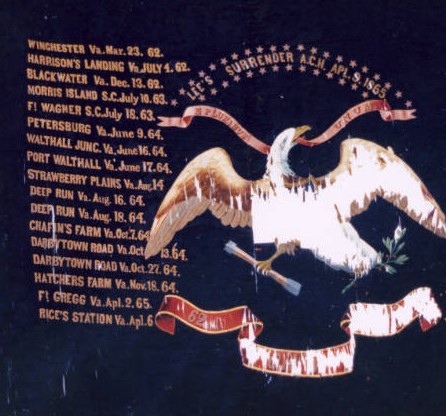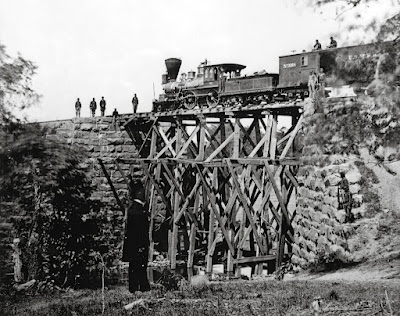Hooping, Yelling, and Rushing Around Like Madmen: An Indianan Captured on Wheeler's Ride

The supply wagons of General Alexander McCook's corps had been sitting near LaVergne for hours on December 30, 1862 awaiting orders to move forward. Ten miles south on the Nashville Pike, the Federal army was closing in on Murfreesboro, but the long hours of waiting made the train guards and teamsters nervous. Shortly after 2 o'clock, things got beautifully worse as Ordnance Sergeant John J. Gallagher of the 81st Indiana later recalled. " About 2 o'clock some of the boys went to the wagons to lay down and take a nap. As they were fixing to make themselves comfortable, they looked out from the back of the wagons toward the road and beheld a sight that caused their hearts to beat quickly, for as far as they could see there was nothing but the enemy's cavalry galloping about, dressed in the well-known butternut clothing, hooping, yelling and rushing around like madmen in every direction. The boys seized their guns and ran to the nearest ...























